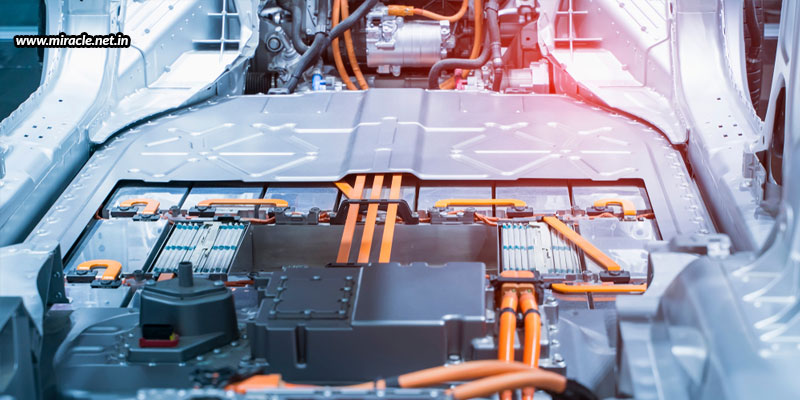Driven by the persistent development of autonomous driving technology and the explosive growth of electric vehicles, the automotive environment is experiencing a seismic transformation. These revolutionary forces are not just the way we drive; it’s transforming our transport system as a whole. Let’s explore, in the blog below, the major effect that electric and autonomous vehicles are having on wire harness technology, delving deep into the core of this transformation. As the foundation of automotive connectivity, wire harnesses are evolving to meet the unique possibilities and challenges brought forth by these game-changing breakthroughs. Come along as we chart the development of wiring systems from conventional combustion engines to the electrified and self-driving future, where wire harnesses are essential for both powering and connecting the vehicles of tomorrow.

The shift to electric cars
High-voltage battery systems and electric drivetrains are replacing conventional combustion engines in automobiles as electric vehicles become more popular. Because of this transition, wire harness architecture and design must be significantly altered to provide for the special power and safety requirements of electric propulsion systems.
The strong insulating materials used in high-voltage wiring harnesses must be able to tolerate high voltage levels and reduce the possibility of electrical arcing or short circuits. Materials with superior dielectric qualities and thermal stability, including silicone rubber and cross-linked polyethylene, are recommended.
Furthermore, the increasingly intricate architectures of electric vehicles, which incorporate regenerative braking systems and multi-motor configurations, call for complex wiring solutions that can effectively route data and power signals between different components while reducing signal degradation and electromagnetic interference.
Because electric drivetrains do not require parts like fuel lines, exhaust systems, or intricate mechanical linkages, switching to electric propulsion also offers opportunities to reduce weight and simplify wiring layouts, which in turn leads to improved vehicle efficiency.
Facilitating self-driving mobility
Advanced sensor systems, onboard processors, and communication networks play a major role in the ability of autonomous driving technologies to sense and understand their environment, make judgements in real time, and safely drive across challenging terrain.
Supporting sensors, cameras, LiDAR units, radar modules, control units, and other components seamlessly across the vehicle design, wire harnesses prove to be the backbone of autonomous vehicle systems.
Data integrity, signal integrity, and dependability are the three most important factors to consider when designing harnesses for autonomous vehicles. This is because malfunctions or interruptions in the wire infrastructure might impair the vehicle’s capacity to identify dangers, make wise judgements, and perform accurate manoeuvres.
Furthermore, in order to protect against potential cyber threats and vulnerabilities, the proliferation of electronic control units and computing resources in autonomous vehicles calls for sophisticated wiring solutions that can support high-speed data transmission, low-latency communication, and robust cybersecurity protocols.
Innovations and challenges with integration
The integration of autonomous driving with electric propulsion technologies poses unique problems concerning system scalability, compatibility, and complexity. In order to overcome these obstacles, wire harness technology needs to develop and adopt modular structures, standardized interfaces, and adaptable wiring layouts that provide smooth integration of various systems and components.
The world of wire harness technology is changing as a result of innovations like printed circuit board integration, flexible flat cables, and wireless connectivity solutions. These innovations allow for more design flexibility and modularity in vehicle architectures and offer small, lightweight alternatives to traditional wiring harnesses.
Furthermore, wire harness performance, reliability, and cost-effectiveness are continuously improving due to developments in materials science, manufacturing techniques, and predictive analytics. This enables automakers to meet the changing requirements of electric and autonomous vehicle platforms, while upholding strict quality standards and regulatory compliance.
Within the ever-changing field of automotive engineering, the introduction of electrified and driverless cars marks a pivotal moment of transformation. Not content to just change gears, these revolutionary technologies are completely altering the fundamental principles of vehicle functioning and construction. Manufacturers like Miracle Electronics are at the forefront of the automotive industry, developing cutting-edge solutions that use the potential of novel materials, design approaches, and integration techniques, as engineers strive to fulfil the needs of this revolutionary change. They are the most reputable wire harness manufacturer, leading the advancement of wire harness technology with a vision for the future and a dedication to perfection, enabling cars to reach their full potential in a world characterized by connection, safety, and sustainability.









